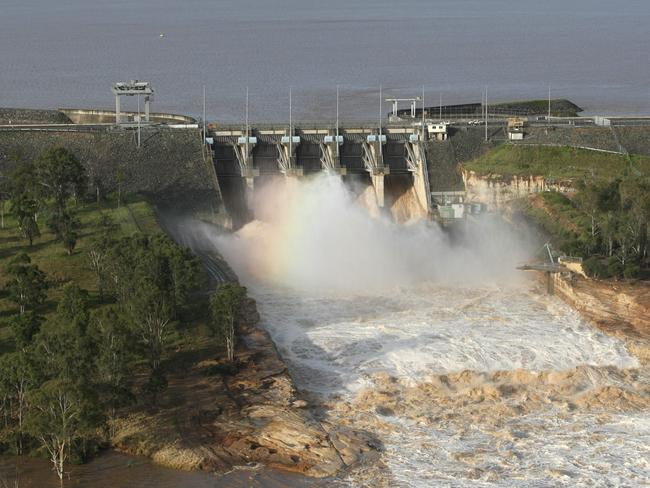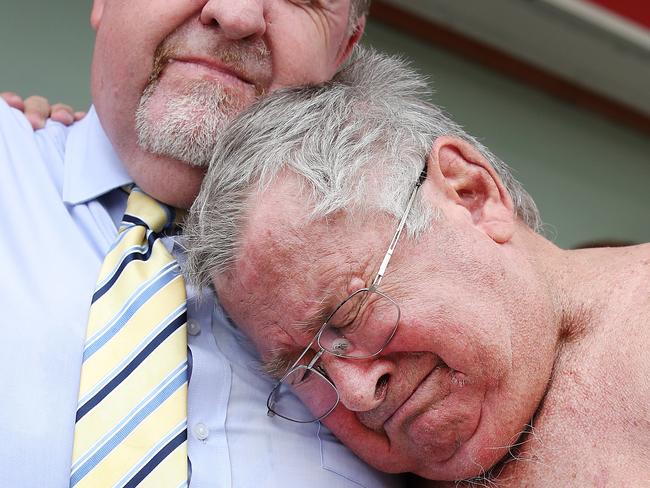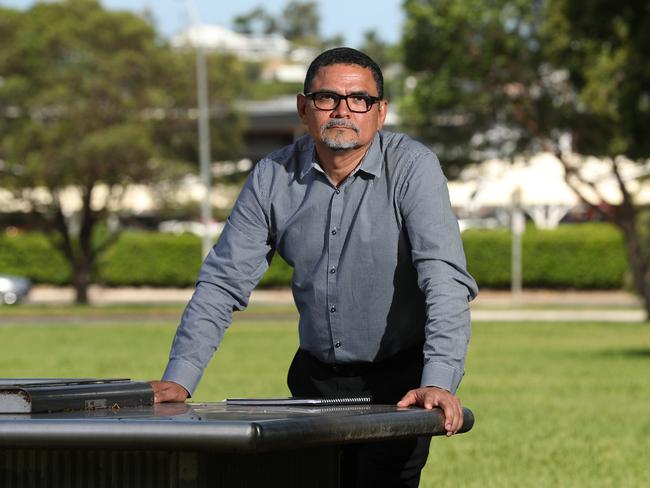Qld water authorities launch appeal against landmark flood class action
Queensland water authorities have launched an appeal against a landmark class action in which they were held accountable for the 2011 Brisbane floods.
It was “far-fetched and fanciful” to believe that engineers could have foreseen the Brisbane floods and made water releases to relieve the deluge, a court has heard.
Two Queensland water authorities have appealed against a landmark decision in which a group of engineers were found to have failed to make releases from the Wivenhoe and Somerset dams during the 2011 crisis.
In 2019, Supreme Court Justice Robert Beech-Jones delivered a scathing decision in which four engineers were found to have failed in their duties which resulted in 23,000 properties in Brisbane and Ipswich being inundated.
More than 6800 flood victims took part in the class action, with over $440 million in compensation set to be paid out by SunWater and the Queensland government.
State-owned dam operator Seqwater was also found liable.

Seqwater and SunWater have appealed to the NSW Court of Appeal where they are arguing their engineers could not have foreseen the major flooding across south-east Queensland in January, 2011, with the hearing expected to last 12 days.
In his judgment, Justice Beech-Jones found that the engineers failed to abide by the dams’ flood mitigation manual which sets out water release guidelines, resulting in them being forced to release large volumes of water on January 11 at the height of the flood.


Judge Beech-Jones said in his judgment that between 39 and 51 per cent of the flow in parts of the Brisbane River at the height of the flood was as a result of releases from the Wivenhoe Dam.
The court accepted the evidence of an expert put forward by lead claimant Vince Rodriguez, whose sporting goods store at Fairfield was inundated, who presented several different simulations which would have mitigated the damage.
According to one of those simulations - simulation C - a SEQ Water duty engineer should have on January 2 reduced the Wivenhoe’s water level from 67.1m to 67.02m.
Barrister Jeremy Stoljar, acting for Seqwater in the appeal, said the engineer had received a directive to keep the dam’s gates closed on January 2 and there was little to no rain forecast for that day.
“The real question is would a reasonably competent flood engineer on that Sunday morning have foreseen that had he not reduced the water level by 8cms during that shift, there was a risk that at some point in the future there would be insufficient flood storage capacity such that the Brisbane River would overtop its banks and flood the plaintiff’s sporting goods store in suburban Brisbane,” Mr Stoljar said.
“We say no such risk was foreseeable. Even if it was foreseeable, it was insignificant. It was far-fetched and fanciful.”
During his opening address on Monday, Mr Stoljar told the court that the engineers were not bound to act by the manual.
“We say the manual is there to guide and assist decision-making by the flood engineers,” Mr Stoljar said.
“But it doesn’t have the force of statute and shouldn’t be construed as such. Much is left to the judgment of the individual engineer who happens to be on duty and for the senior flood engineer.”
The hearing before Justices John Basten, Anthony Meagher and Mark Leeming continues.

